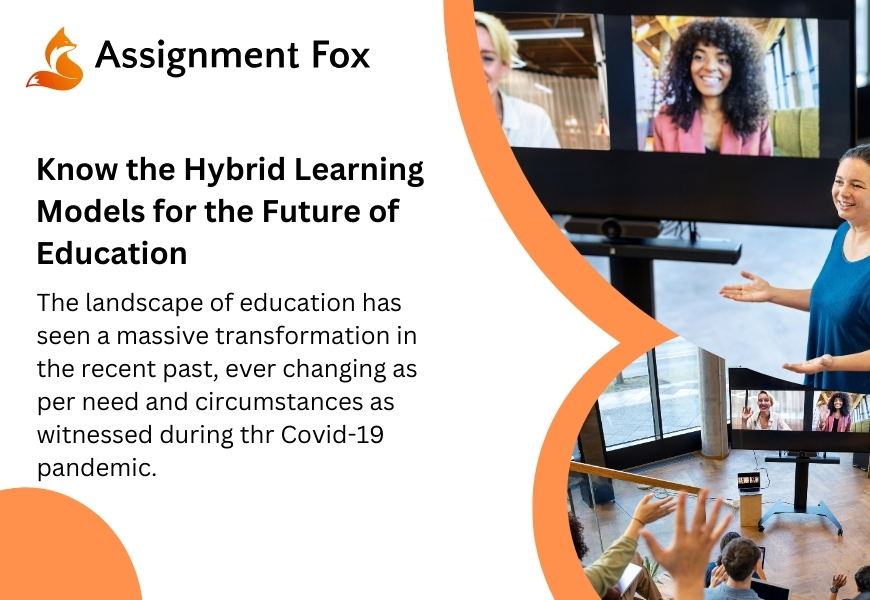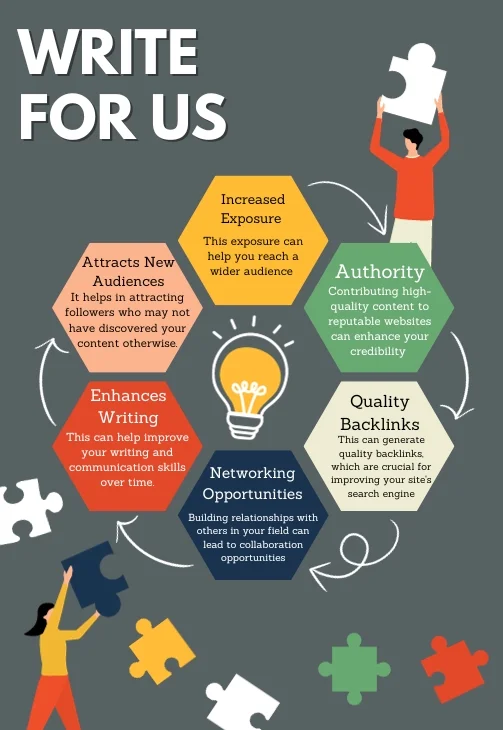The landscape of education has seen a massive transformation in the recent past, ever changing as per need and circumstances as witnessed during thr Covid-19 pandemic. Aside from shaking the world to its very core, one of the most prominent hits was in the world of education and student life.
From conventional norms and classrooms, the act of learning witnessed one of the most rapid progressions. We shall elaborate upon the same, focusing particularly on the hybrid learning models of education and its future.
What is a Hybrid Learning Model?
Hybrid learning model also known as blended teaching, is a pedagogical method that integrate face-to-face instruction with online components of training. This model aims at maximizing the benefits derived from both traditional and digital learning environments by giving an individualized, engaging educational experience for students. Balance between in-person interactions and the advantages of technology is at the core The quest to create a convenient, flexible learning journey.
Five Elements Of Hybrid Learning
Learning is a process which can take several forms. In this case, we shall be examining the five elements of hybrid learning-
In-Person Instruction:
Hybrid education still relies heavily on the traditional classroom setting. Face-to face instruction has the advantage of enabling direct communication between teachers and students, thus fostering immediate feedback, discussion, collaboration etc. This component emphasizes on the social and interpersonal aspects of education to allow learners to gain benefits.
Online Learning Platforms:
With hybrid learning, the facilitation of online platforms that contain digital content, resources and activities is at its heart. There are Learning Management Systems (LMS) or any other online tools where course materials can be accessed, assignments can be submitted, and virtual discussions take place. These platforms are flexible and enable students to learn at their own speeds, with the ability to access resources from anywhere, which is particularly useful in college settings.
Asynchronous and Synchronous Learning:
Hybrid learning integrates asynchronous and synchronous learning. Asynchronous learning enables students to read and watch pre-recorded lectures, reading materials and assignments at any time of the day. While synchronous learning is marked by interactions as they happen in real-time through live lectures video conferences or virtual classrooms.
Adaptive Assessment Strategies:
The hybrid learning setting calls for the assessments in this model to bear all the characteristics associated with their nature. The use of varied assessment strategies might include traditional exams, project-based assessments, online quizzes and peer evaluations. Adaptive assessments make use of technology to build an evaluation based on the progress made by each student, which gives a very personal learning experience.
Teacher Professional Development:
For hybrid learning to be effective, educators should have skills that enable them to comfortably manoeuvre between the conventional and the online part of instruction. The teaching profession is also fast evolving and requires continuous professional development as well. This will ensure that the educators stay updated with technological breakthroughs, online pedagogy, hybrid learning best practices among others. Training programs should provide educators with the necessary tools and knowledge in order to make interesting online content, participate in virtual discussions, and state students’ performance accurately.
Hybrid Learning Models in Education
Moving on, when we address the hybrid learning models in education, we realise that this form of learning can take place in several instances based largely on environment and circumstances-
Learning Environments: Students can interact with instructional content whenever, whenever, and however they choose thanks to hybrid learning. A combination of in-person instruction and online resources allows students to access information at their own leisure and pace, increasing accessibility to education for a wider spectrum of learners.
Digital Tools and Resources: Multimedia materials, online learning environments, and instructional applications are essential components of hybrid learning. Students can connect with course topics through the use of virtual simulations, interactive multimedia, and collaborative spaces provided by these digital tools.
Personalized Learning Paths: A more tailored approach to education is made possible via hybrid learning. Adaptive learning platforms, made possible by technology, customize curriculum according to each student’s performance and growth.
Mixed-method Evaluations:In hybrid learning approaches, assessments frequently combine online and conventional techniques. Although exams and projects can still be completed in person, participation in discussions, online tests, and digital portfolios become essential elements.
Student-teacher interaction: Teacher-student interaction is still important in hybrid learning. Attending classes in person enables face-to-face interaction, building rapport and providing prompt answers to queries or issues. Online elements that improve the teacher-student interaction and offer more channels for assistance and communication include discussion boards, online office hours, and group projects.
Preparation for the Future Workforce:Students gain digital literacy, efficient virtual communication, and adaptability by navigating both traditional and online learning environments. These are abilities that are essential for success in a job market that is changing quickly.
Sustainability and Cost-Efficiency:Models of hybrid learning can help with sustainability and cost-effectiveness. Cost savings can result from fewer physical infrastructure needs, such as classrooms and printed materials, as well as the possibility of remote work for educators. Furthermore, because hybrid learning is digital, it helps achieve sustainability goals by lowering the amount of paper used and the carbon footprint of commuting.
Also Read: Which is best IELTS Training Course online in Ajman Dubai 2024
Overall, we can conclude by stating that the mode and medium of education has seen its own, unique challenges and innovations. On the same token, it is important to acknowledge that similarly, education has brought with it constant evolution and innovation as can be attested via the hybrid modes of learning examined in this article.







